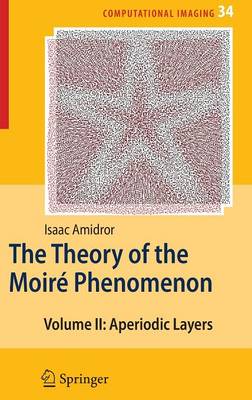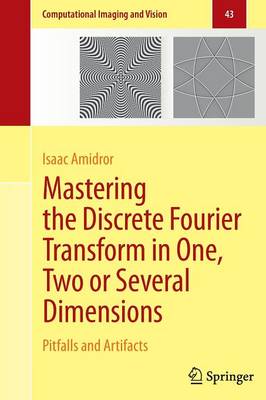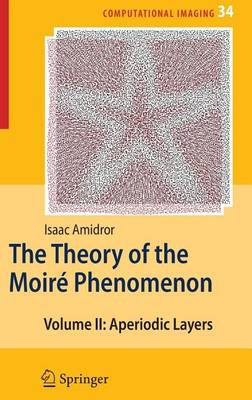Computational Imaging and Vision
2 primary works • 4 total works
Book 34
Book 43
Mastering the Discrete Fourier Transform in One, Two or Several Dimensions
by Isaac Amidror
The discrete Fourier transform (DFT) is an extremely useful tool that finds application in many different disciplines. However, its use requires caution. The aim of this book is to explain the DFT and its various artifacts and pitfalls and to show how to avoid these (whenever possible), or at least how to recognize them in order to avoid misinterpretations. This concentrated treatment of the DFT artifacts and pitfalls in a single volume is, indeed, new, and it makes this book a valuable source of information for the widest possible range of DFT users. Special attention is given to the one and two dimensional cases due to their particular importance, but the discussion covers the general multidimensional case, too. The book favours a pictorial, intuitive approach which is supported by mathematics, and the discussion is accompanied by a large number of figures and illustrative examples, some of which are visually attractive and even spectacular.
Mastering the Discrete Fourier Transform in One, Two or Several Dimensions is intended for scientists, engineers, students and any readers who wish to widen their knowledge of the DFT and its practical use. This book will also be very useful for ‘naive’ users from various scientific or technical disciplines who have to use the DFT for their respective applications. The prerequisite mathematical background is limited to an elementary familiarity with calculus and with the continuous and discrete Fourier theory.
The Theory of the Moire Phenomenon: Volume II Aperiodic Layers
by Isaac Amidror



